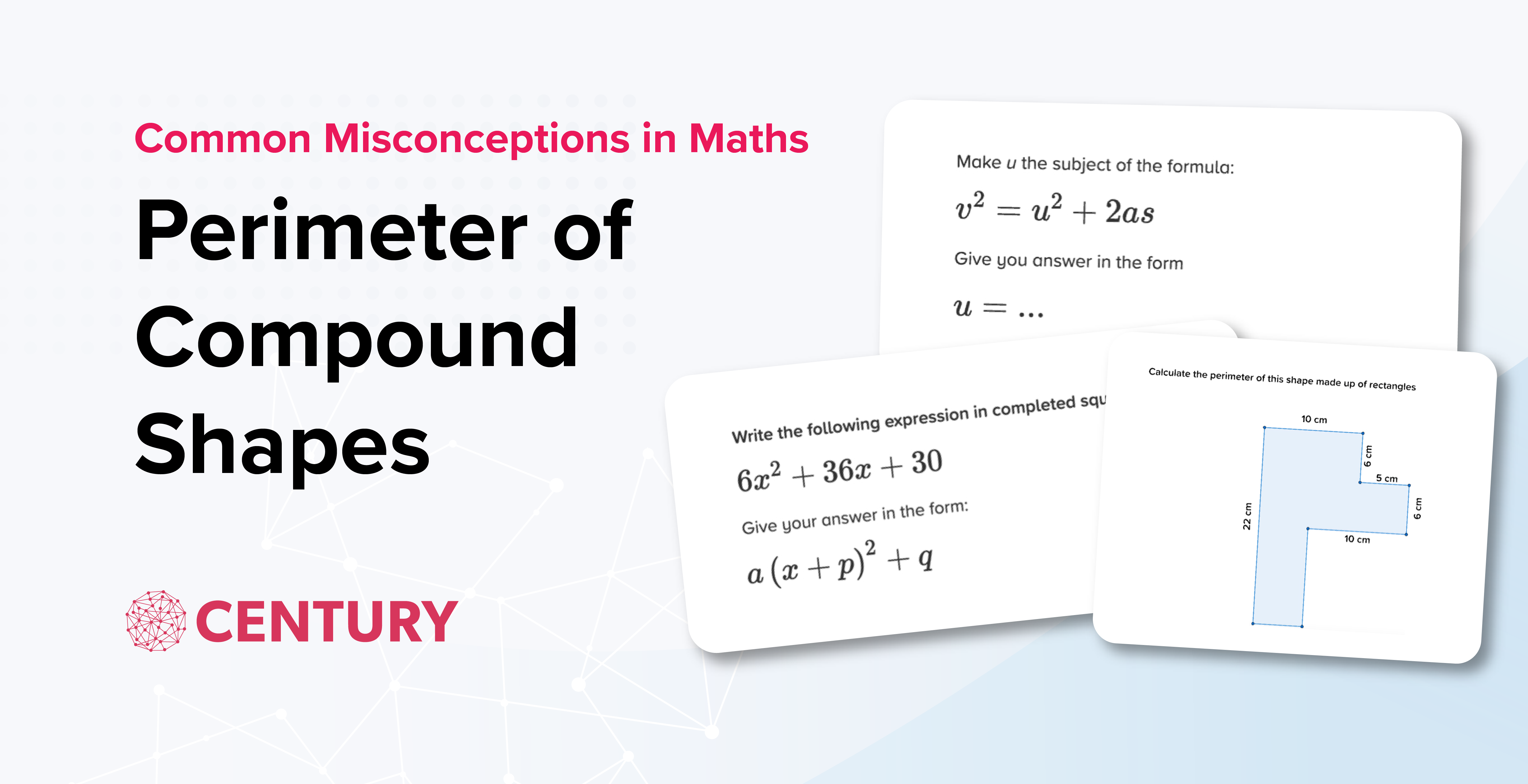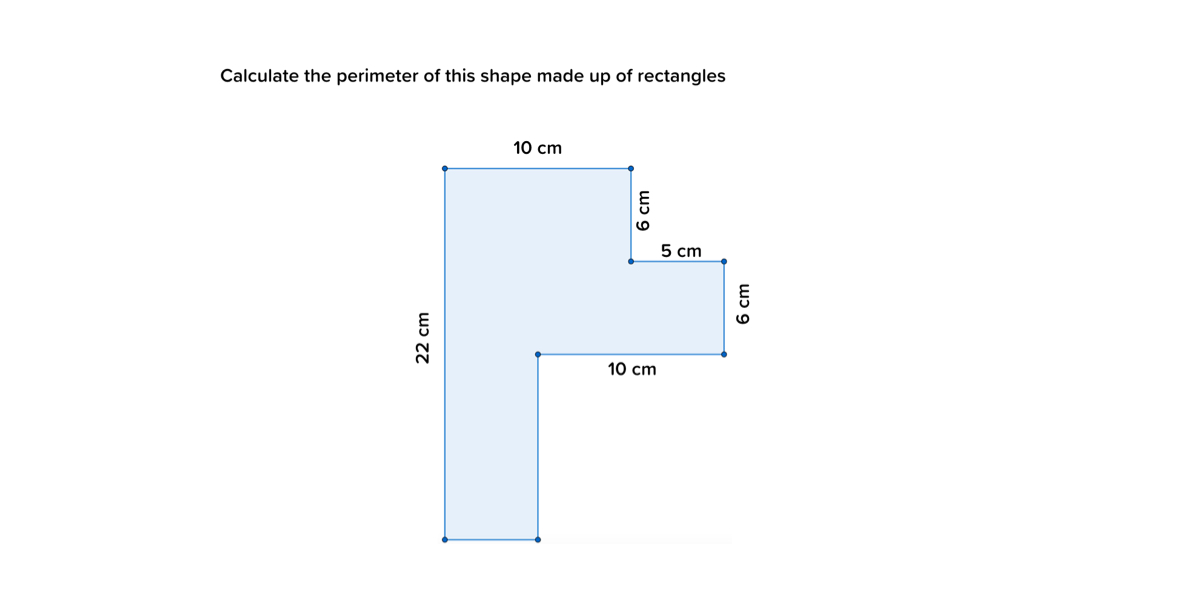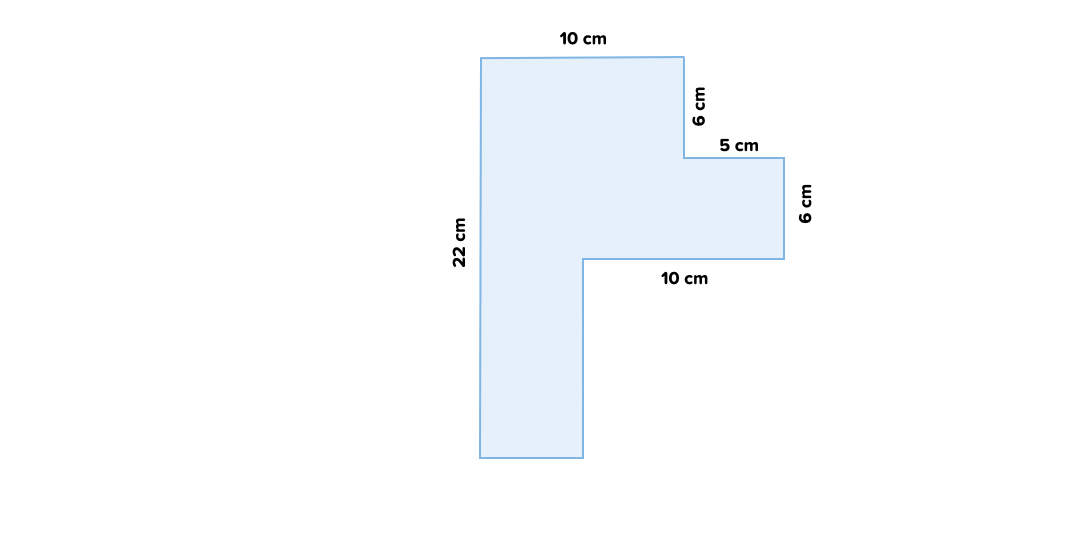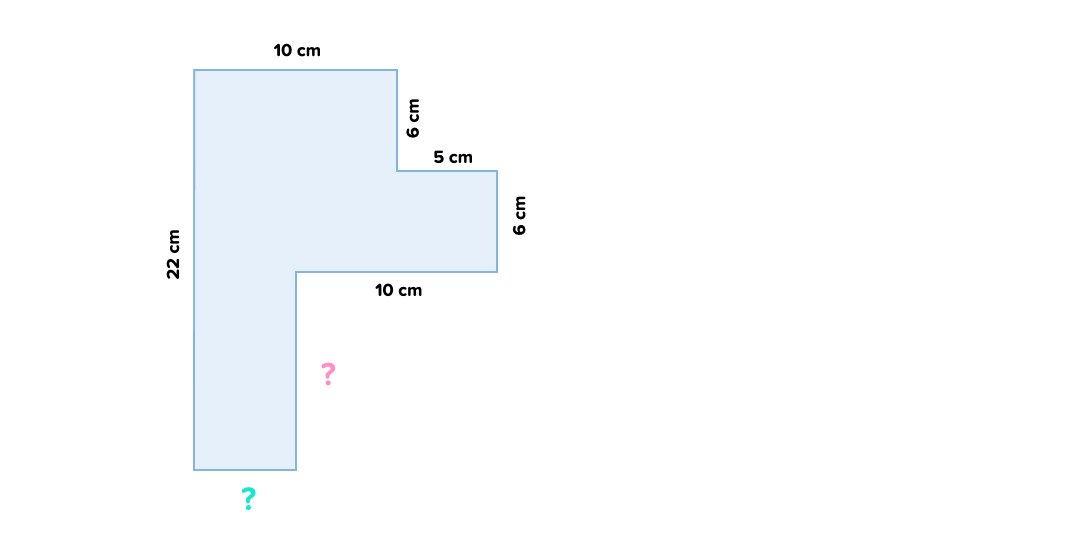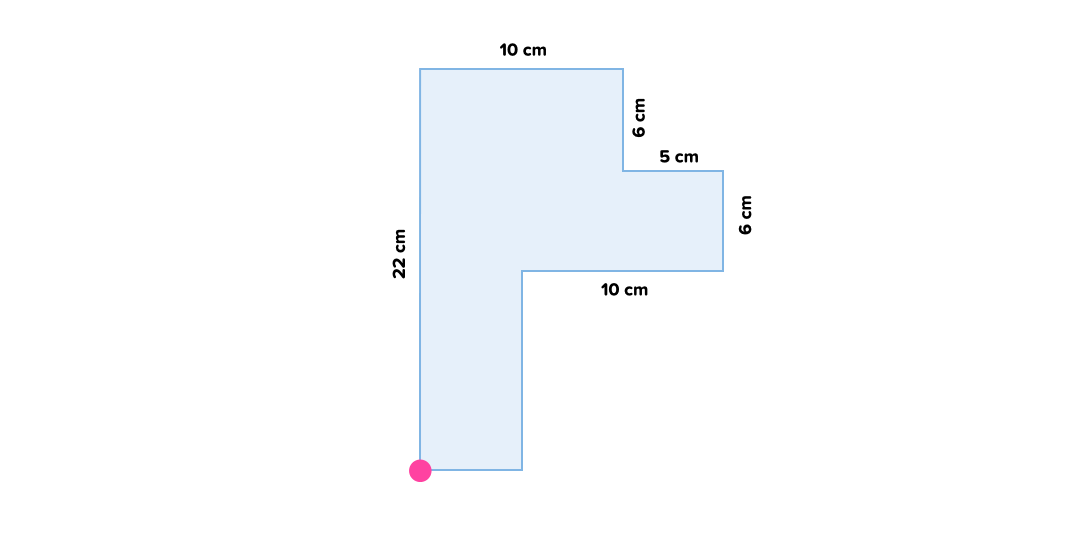Estimated reading time: 6 minutes
Our team of data scientists dived into the CENTURY databanks to find some of the most frequent mistakes made by learners in our secondary maths courses. Then, our team of expert teachers analysed their findings to identify the common misconceptions underlying those errors.
We have written a short series of blogs explaining these misconceptions and suggesting some top tips to address them in the classroom. We hope these will be especially useful for teachers preparing for examinations. This blog is on the perimeter of compound shapes. We have also written blogs on rearranging formulae and completing the square.
Finding the perimeter of compound shapes is assessed at both Foundation and Higher tiers of GCSE and IGCSE, and at Level 1 and 2 Functional Skills. Questions can range from shapes made from rectangles (rectilinear shapes) to those including parts of circles.
Relevant nuggets:
- Perimeter of Composite Shapes 1 (MF30.04)
- Perimeter of Composite Shapes 2: Worded Context (MF30.05)
Our data shows that learners perform well with the simpler skills in this topic, scoring an average of 86% correct on the easier questions. However, as the questions increase in difficulty their average scores drop to 52% correct.
For example, only 51% of learners gave the correct answer of 74 cm to this tricky question. We analysed the incorrect answers and found the majority were due to one of the following misconceptions:
- Only adding the sides labelled in the question
- Adding the sides labelled in the question and then doubling that result
- Only calculating one of the two missing edges
CENTURY’s team of expert maths teachers have put together their top tips for helping your students address these misconceptions to find the perimeter of rectilinear shapes:
Fill out the sides of an L or T shape into a rectangle
L and T shapes behave like rectangles, so if the composite shape is an L or a T (i.e. a large rectangle with a corner or corners cut off) then the perimeter will be the same as the big rectangle it has been cut from.
In this case, ‘fill out’ the sides as shown above and the shape becomes a rectangle with dimensions of 15 cm by 22 cm. Questions calculating the perimeter of rectangles have a high correct answer rate, suggesting learners on average are more confident with this calculation.
Use with caution, as this will not work with every composite shape. This works with rectangles that have had a corner or corners cut off, like an L or a T shape. However this will not work with rectangles that have had chunks cut from the middle of a side, like an H or a U shape. As such, some learners may not always be confident when and where this can be applied.
Use colour to highlight missing sides
Using colour can be a useful tactic. In rectilinear shapes each of the shorter edges must add up to the total side length. Highlighting all of the vertical lines in one colour and the horizontal lines in a different colour can help learners see how the parts fit together within each side to help them find the missing values.
Count the number of sides first
Encourage students to mark one corner of the diagram and then work around to count the number of sides and mark them with a pencil or highlighter. This ensures learners keep track of how many sides there are, and therefore how many numbers they should be adding together in the final calculation, minimising the risk of forgetting a side.
And finally… use a calculator!
If the question allows use of a calculator make sure students use one. There are many incorrect answers submitted across all our maths courses that are due to errors in basic calculations. It is always worth encouraging learners to use a calculator if they are allowed, even if only to check their answer. They may think the question looks easy, but human error happens at every level, especially in pressured exam conditions!
We hope that this blog gives you an insight into some of the common challenges learners face when finding the perimeter of compound shapes, and our practical teaching ideas help boost your learners’ confidence and understanding.
Look at the data on your Teacher Dashboard to see if these common misconceptions are present among your learners. Book a demo here.
